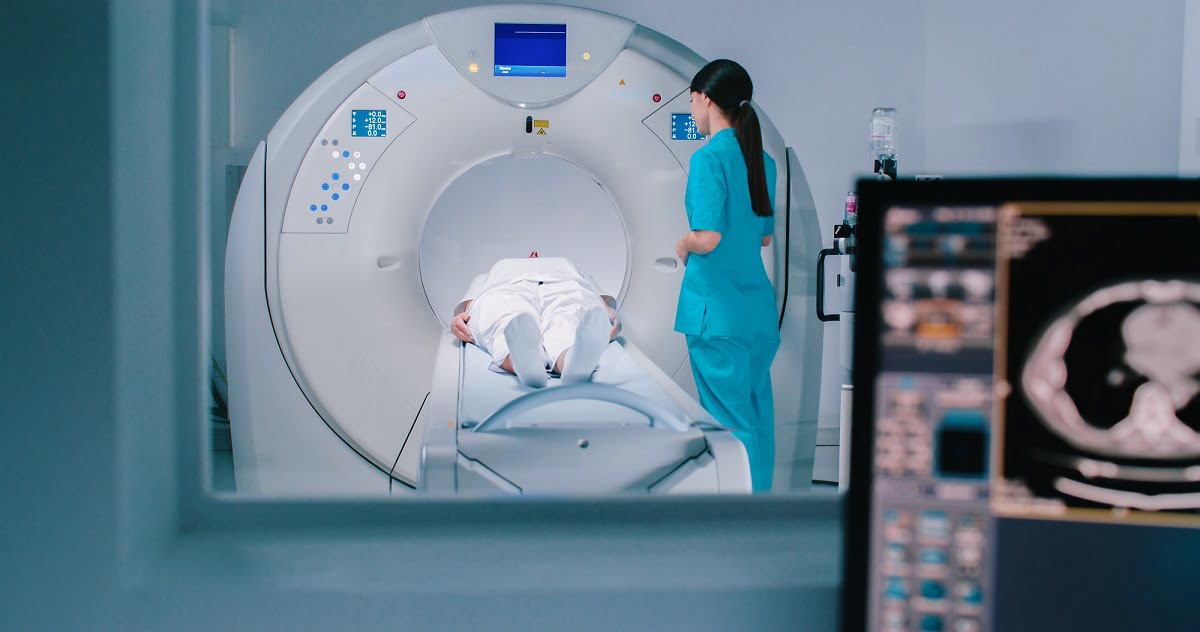Why is CT Pelvis Important?
The CT pelvis scan is a crucial diagnostic tool for evaluating a variety of conditions that affect the pelvic area. Some of the key reasons why this scan is important include:
1. Trauma and Injury: CT scans are highly effective in detecting fractures or dislocations of the pelvic bones, including the hip bones, sacrum, and coccyx. It can also reveal damage to soft tissues and blood vessels, which is important in cases of trauma, such as car accidents or falls.
2. Tumors and Abnormal Growths: CT scans help in detecting and locating tumors, cysts, and abnormal growths within the pelvic region, such as those in the ovaries, prostate, bladder, or rectum. It is useful for determining the size, shape, and spread of cancers or benign masses.
3. Infections and Inflammation: A CT pelvis scan can identify infections in the pelvic area, such as abscesses, pelvic inflammatory disease (PID), or complications related to appendicitis or diverticulitis. It helps determine the severity of the infection and whether it has affected surrounding organs.
4. Abnormalities in Organs: The CT scan provides a detailed view of the organs in the pelvic region, including the bladder, uterus, prostate, and colon. It is valuable for identifying conditions like kidney stones, urinary blockages, or gynecological issues such as fibroids or ovarian cysts.
5. Preoperative Planning: In cases where surgery is required for pelvic conditions, a CT scan provides detailed information that can guide surgical planning, allowing the surgeon to understand the anatomy and any complications before proceeding.
How is a CT Pelvis Performed?
The procedure for a CT scan of the pelvis typically follows these steps:
1. Preparation: In most cases, no special preparation is required for a CT pelvis scan. Patients may be asked to change into a gown and remove any metal objects, such as jewelry, which could interfere with the scan.
2. Positioning: The patient lies on a table, and the pelvis is positioned inside the CT scanner. The technician may position the patient in different ways depending on the area of interest.
3. Imaging Process: During the scan, the CT scanner rotates around the pelvic area and takes several images from different angles. The patient may be asked to hold their breath briefly or remain still to avoid motion blur.
4. Contrast Dye: In some cases, a contrast dye may be injected intravenously or given orally to enhance the images and provide a better view of blood vessels, organs, and any abnormalities.
5. Post-Scan: After the scan, the patient can usually resume their normal activities. If contrast dye was used, they may be advised to drink fluids to help eliminate it from their system.
Who Should Consider a CT Pelvis?
A CT scan of the pelvis is recommended for individuals experiencing certain symptoms or conditions related to the pelvic region. These include:
1. Pelvic Pain: Individuals with unexplained pelvic pain or discomfort may undergo a CT scan centre to help diagnose the underlying cause, whether it be a tumor, infection, or injury.
2. Trauma or Injury: People who have sustained trauma to the pelvic area, such as from a fall or car accident, may need a CT scan to check for fractures, organ damage, or bleeding.
3. Suspected Tumors or Cysts: If a tumor or cyst is suspected in the pelvic organs, a CT scan can help determine its location, size, and whether it has spread.
4. Infections or Inflammatory Diseases: Those with symptoms of infection or inflammation, such as fever, swelling, or pain in the pelvic region, may benefit from a CT scan to evaluate the presence and extent of infections like PID, abscesses, or diverticulitis.
5. Preoperative Assessment: For patients scheduled for surgery in the pelvic region, a CT scan provides important information about the anatomy and any potential complications, helping surgeons plan the procedure more accurately.









